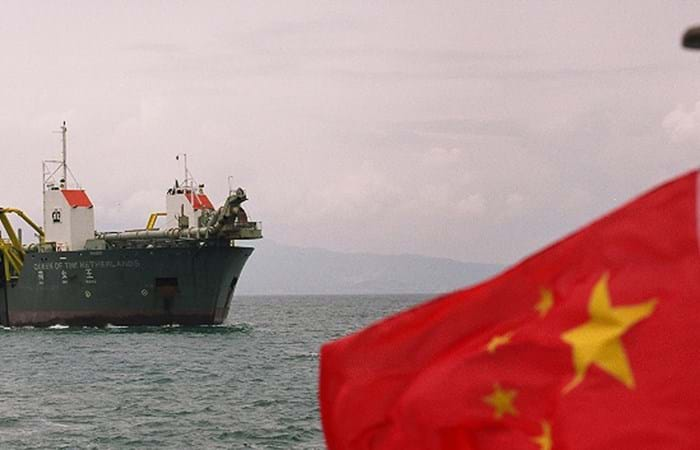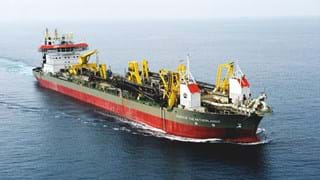In Daya Bay, P.R. China, a USD 4.3 billion petrochemicals complex was being built by CNOOC and Shell Petrochemicals Company (CSPC). Daya Bay is located in the southwest of China, Huizhou Municipality, Guangdong Province. The project called for the construction of two marine facilities, one nearby the petrochemicals complex, the other one further offshore. Early 2004, the Boskalis International B.V. and Nanjing Changjiang Waterway Engineering Bureau (NCWEB) partnership commenced dredging for the CSPC Nanhai Petrochemicals project. Key requirement of the project was to preserve the sensitive environment in Daya Bay. Hydronamic, Boskalis’ own engineering consultancy, designed the required monitoring plan and took responsibility for its implementation.
The scope of work for the dredging operations in Daya Bay comprised dredging of a new harbour (Donglian harbour) at the southeast of the complex, including berthing area, turning circle and approach channel. For the import of feedstock, a dolphin berth with turning circle dedicated to the Nanhai Project had to be constructed some 300 meter east of the island of Mabianzhou to receive ships in the range of 60,000 - 80,000 DWT. Mabianzhou is situated about 10 km south/southeast of the project site. In total an amount of approximately 8 million m3 of clay had to be dredged. The (Chinese) dredging spread of 2 small size trailer suction hopper dredgers (TSHD's) at the start of the project had been extended to 7 trailers after 4 months. Equipment on site also included a dipper dredger, a grab dredger and 6 transport barges. The small trailers dredged the shallow areas around Donglian Harbour and part of the approach channel. The deeper part of the channel and the Mabianzhou area were dredged by Boskalis' large TSHD Queen of the Netherlands.

